CONNAUGHT PLACE.. THROUGH TIME…..
INTRODUCTION
In 1911,British shifted their capital from Calcutta to Delhi Durbarwith King George’s coronation at Delhi.
Lutyens was given the task of planning out and developing a new eighth city of Delhi.
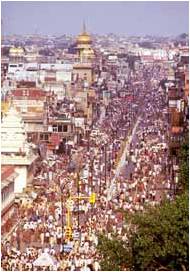
Chandni Chowk
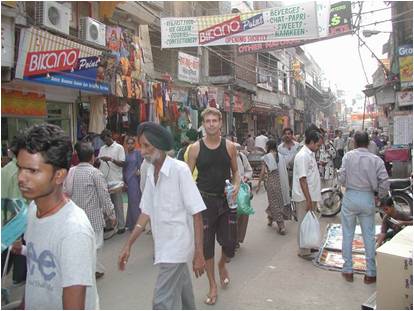
Paharganj
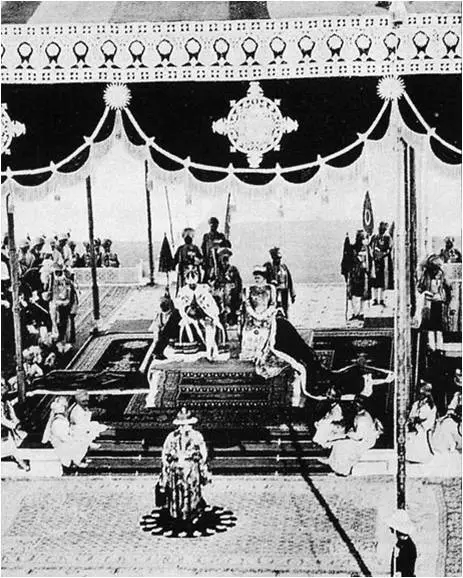
While planning out the residences of the British officers, need of a separate market for the elite was realized. It was to be different from the usual Indian markets like Chandni Chowk and Paharganj .
Lutyens wanted two axes to terminate at the Viceroy’s House, that is the present day Rashtrapati Bhawan.
Axis 1 : To relate the British to the Muslim masses by providing a direct axis to the Jama Masjid and the Red Fort, the capital of the Great Mughal Empire. – Parliament Street
Axis 2 : To relate the British to the Hindu masses by providing a direct axis to the legendary capital of the Pandavas, Indraprastha. – Kings Way
They along with Janpath form a network of major roads which act as spines of Lutyens Delhi.
The Delhi Planning Commission envisioned a monumental plaza ringed by hotels, shops and businesses dominated by a railway tation at the intersection of Parliament Street and Janpath This area was in close proximity to the existing village of Madhoganj.
This was second on the priority of the Planning Committee after the Viceroy’s House as a expressive emblem of British progress and power in India.
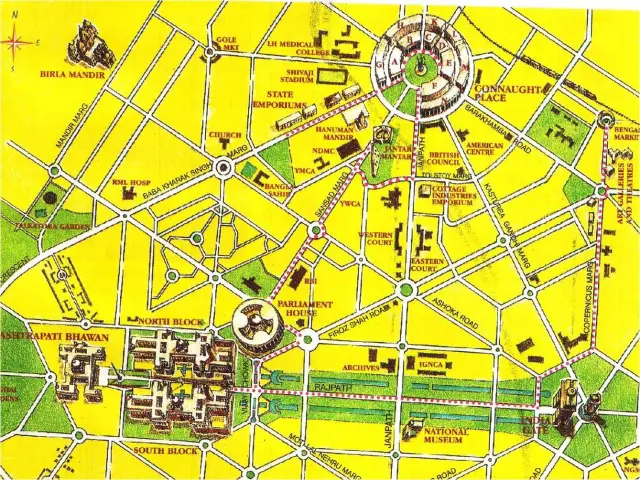
The Connaught Place due to its circular shape acts as a hub between various facets of Delhi’s life.
It and the surrounding areas are known as Central Delhi. Hence all the roads which lead out of Connaught Place are significant in terms of linkages.
This can be best observed by studying what buildings lie along each road.
Starting with Barakhamba Road , which connects Connaught Place to the Mandi House circle, which is the cultural centre with many art galleries.
![[filefield-description]](https://www.archinomy.com/wp-content/uploads/case-studies/2011/mandi-house.jpg)
Next clockwise is Kasturba Gandhi Marg which connects it to the India Gate Hexagon and the Rajpath.
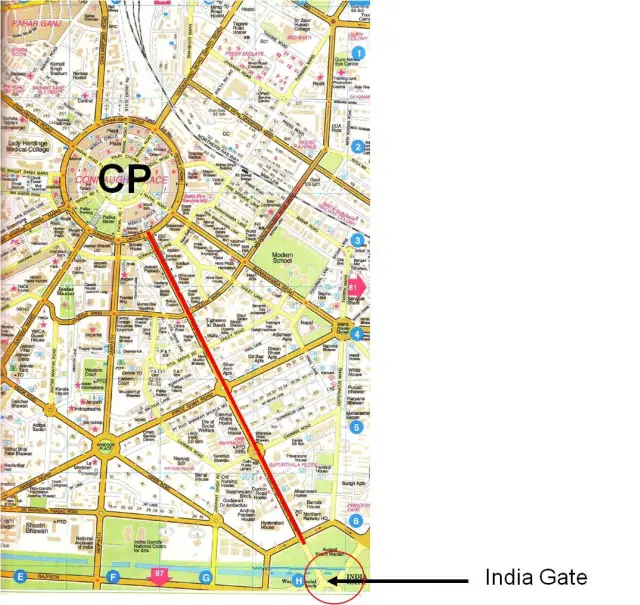
Moving clockwise, the next road is Janpath. This is one of the most educationally and culturally important streets in all of Delhi.
Its home to the Eastern and Western courts, the National Archives , IGNCA and the National Museum.
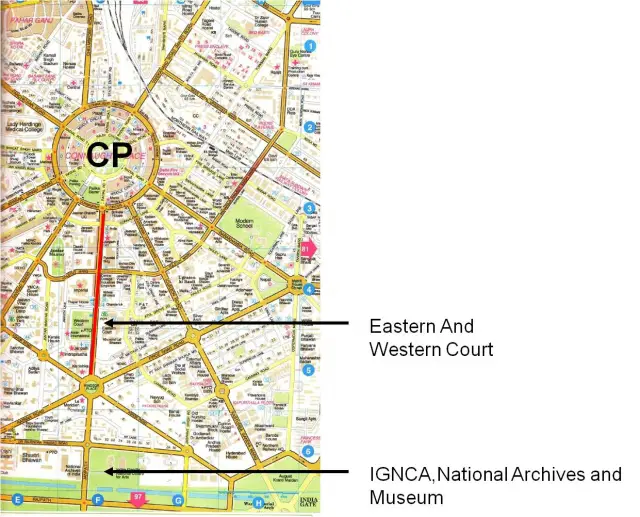
Next is Sansad Marg or Parliament Street. It has the Indian Parliament and Connaught Place. as its two terminal points.
The leading monetary and financial institution of the country The Reserve Bank Of India also lies on the Sansad Marg.
One would also find the medieval astronomical ‘observatory’ The Jantar Mantar here.
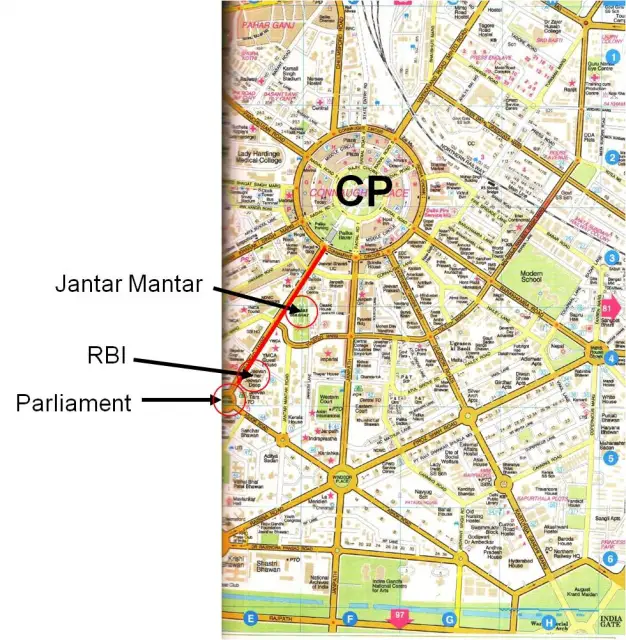
After Sansad Marg we have Baba Kharak Singh Marg and Panchkuian Road.
Baba Kharak Singh Marg plays host to many state emporiums like Lepakshi,etc .
Whereas the Panchkuian Road connects the old market of Paharganj to CP.
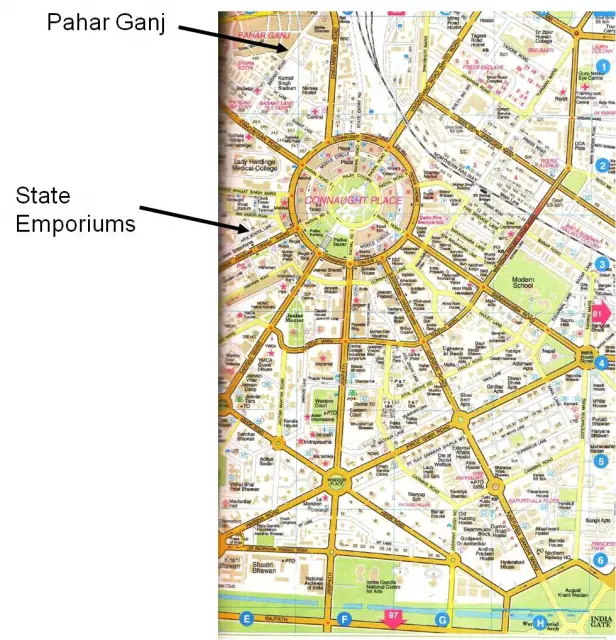
The last two major roads leading out of Connaught Place. are chelmsford road and minto road connect Connaught Place. to the railways land.
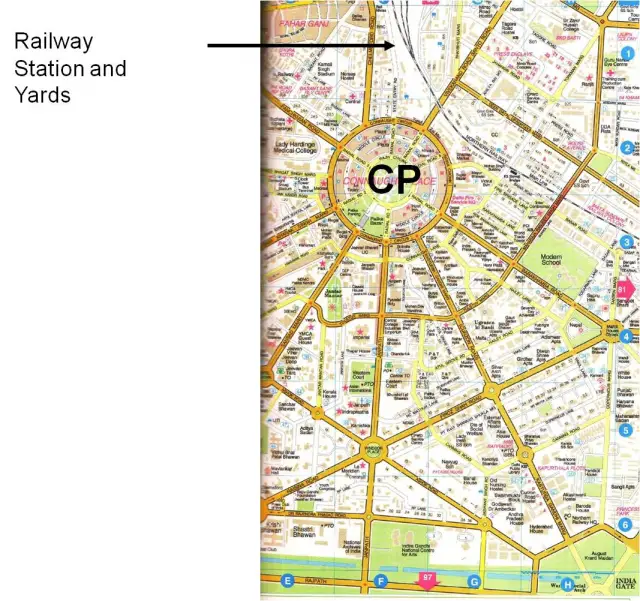
PLANNING AND CONSTRUCTION OF Connaught Place.
According WH Nicholls, the architect member of the Imperial Delhi Committee, there was a omnipresent need for uniformity to endure a harmonious architectural effect.
He proposed seven colonnaded facades to enclose the circus,which was about 1100 feet in diameter.
However, when it was about to be implemented, it failed to take off as per the original plan.The Railway authorities were finding it unfeasible to build the station in the center of the circus and hence proceeded to construct one at close-by,at Paharganj.
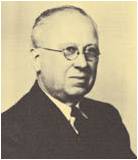
WH Nicholls
Robert Tor Russell was assigned to detail out the entire structure, which he did on the lines which Nicholls had advocated.
Airy, stuccoed colonnades, punctuated by Palladian archways to protect shoppers from rain and sun alike.
This was compared to Nash’s Regent Crescent, London and Royal Crescent, Bath.
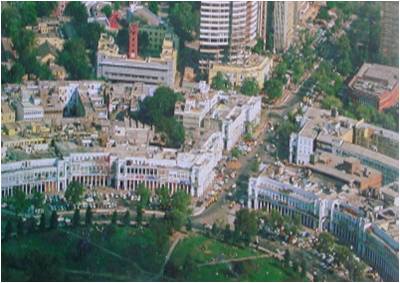
Royal Crescent
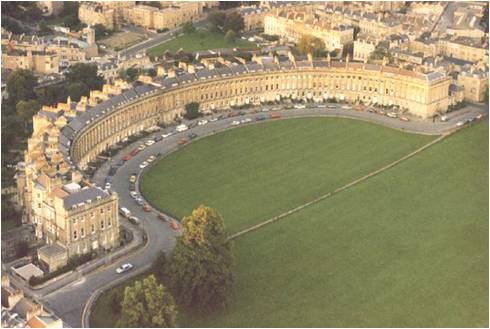
Regent Crescent
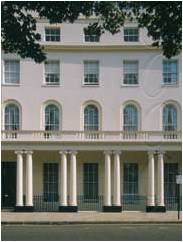
This was compared to Nash’s Regent Crescent, London and Royal Crescent, Bath.
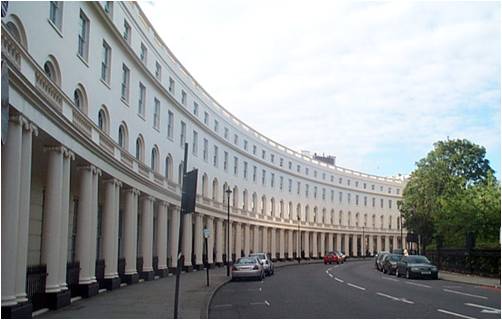
Private enterprises were reluctant to invest in the construction even though the land was sold for only Rs 2/- a square yard. Construction began when all land was sold out in 1928.
The Ring was completed in 1931, three years after the inauguration ceremony.
Three Indian Contractors played a major role in the construction of Connaught Place.. Sir Sobha Singh , father of the noted author Khuswant Singh was the key player. The other two were Sardar Dharam Singh and Rai Bahadur Narain Singh.
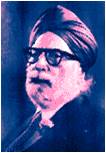
Sir Sobha Singh
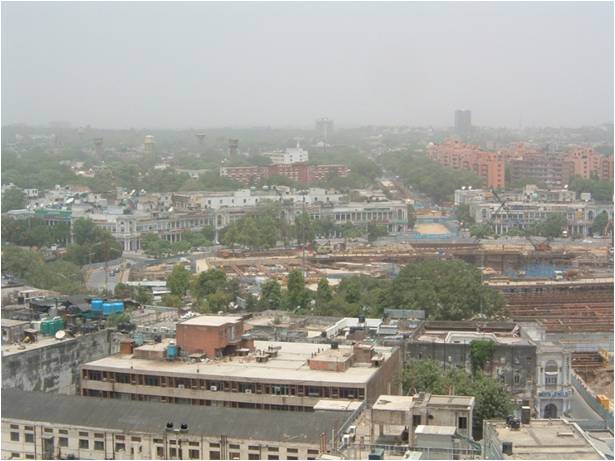
Built only three stories tall, the blocks failed to achieve the intended effect of urban enclosure, even before the trees in the central park grew to obscure views across the circus.
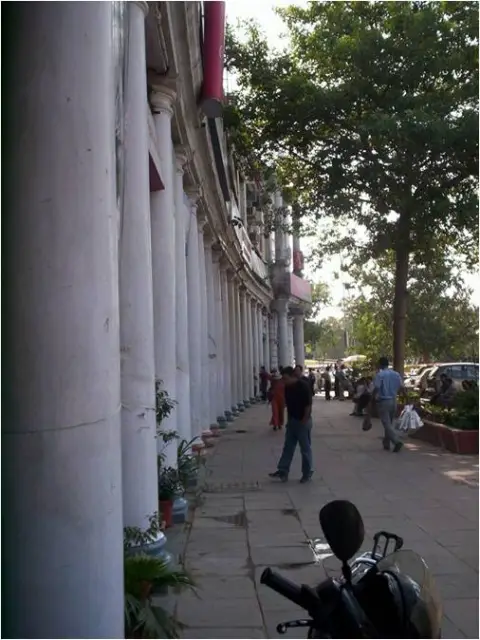
Further, as Nicholls had feared, the sheer width of the radial avenues interrupted the desired circular continuity and rendered the boundaries of the plaza ambiguous.But these visual ‘defects’ did not hamper the magnetic popularity of the stylish shops, which eventually eclipsed fashionable Chandni Chowk in Old Delhi.
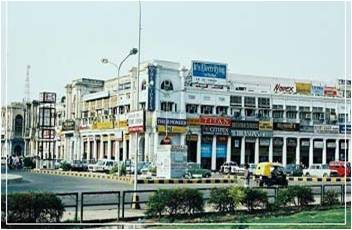
Connaught Place. DURING THE PRE – INDEPENDENCE TIMES
The entire middle circle was a service road, meant for merchandise to move into the shops from the rear. Large yards opened out to the middle circle, solely for this purpose.
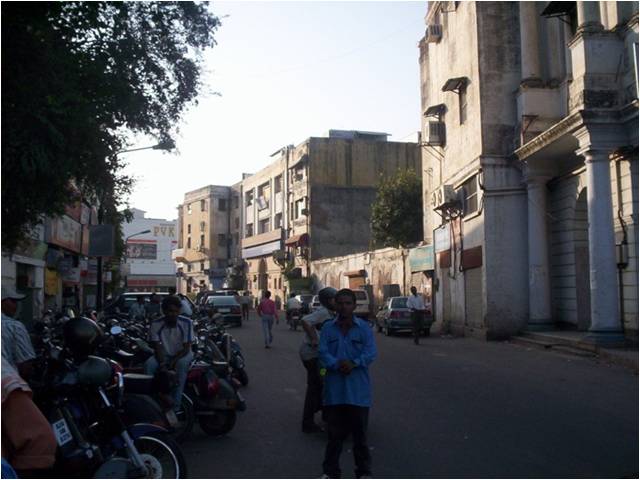
A large fountain was placed in the middle of the central park and several smaller ones were located on the inner circle. These were not only for aesthetic purposes but also to cool the place during the harsh Indian summers.The central park also had a band stand.
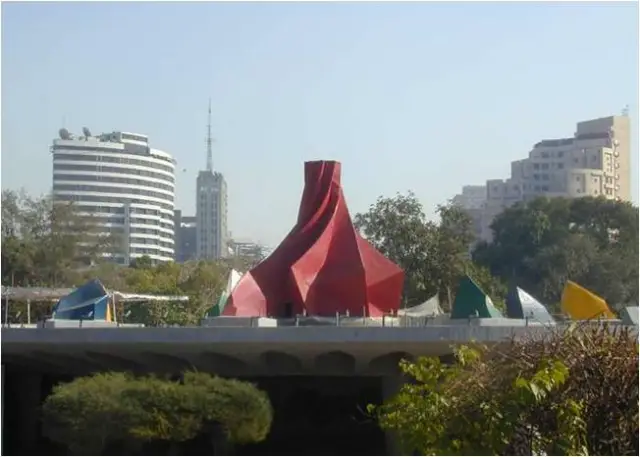
The shops were spacious by the standards of those days.
The shops had a standard design, with a door in the middle and show windows on both the sides.

The upper floors were entirely residential in nature, meant for usage by the shopkeepers and their families.
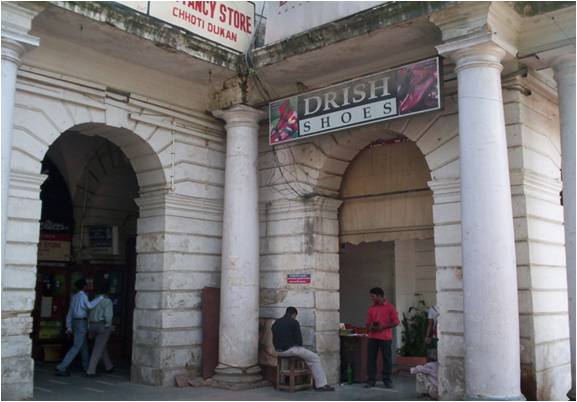
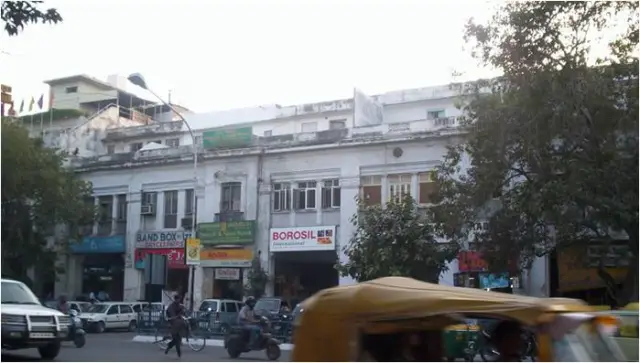
While this new shopping center was developing, Kashmiri Gate used to the most popular area for the Europeans. It had facilities like restaurants, theatres , cinemas, dance halls a college and a church.
The Connaught circus bore a deserted look before it was fully occupied. Some shops even shifted to Shimla for the summers along with their clientele.
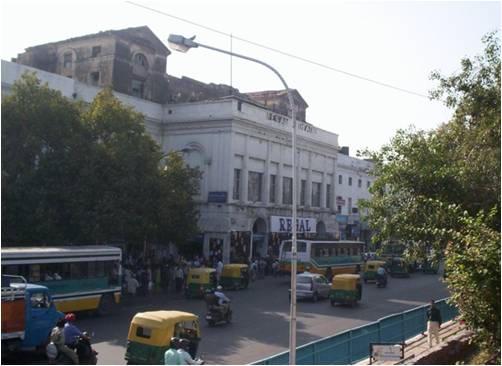
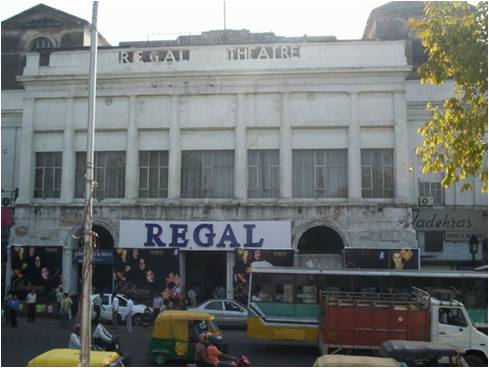
From 1947 to the late 50’s, New Delhi’s growth was rapid,unplanned and often chaotic. As a result, Connaught Place. was subjected to immense pressure, following intense densification of population.


In the days following the Partition,the corridors, parks and other open spaces of Connaught Place. were invaded by refugees, defacing the very character of the shopping center.Every inch was encroached upon for peddling and other activities.
The verandahs were declared public property to remove the squatters.
New ‘temporary’ markets were constructed to help settle the refugees. Markets like the Janpath Market, Shankar Market and the Yusufzai market are all a product of this act.
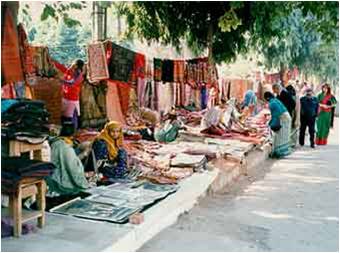

![[filefield-description]](https://www.archinomy.com/wp-content/uploads/case-studies/2011/market-2.jpg)
Palika Bazaar was one of the first fully air-conditioned markets in the country. It was developed under the central greens of the circus.
Recently a multi-level parking was added to compensate for the growing parking problems.
The middle circle is also used for parking these days.

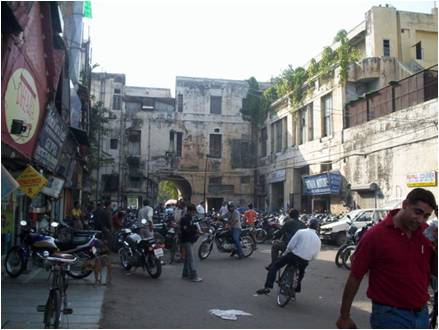
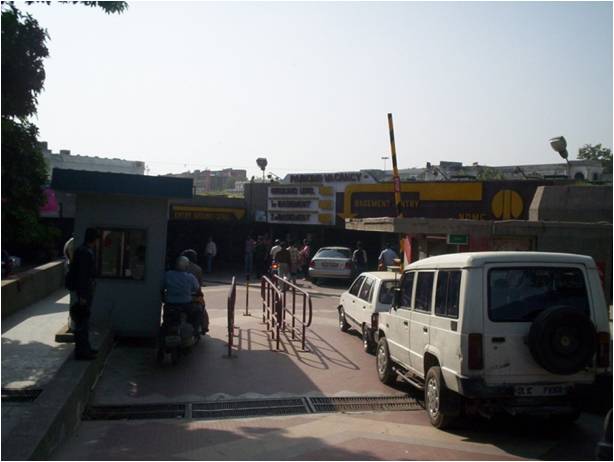
After independence, there was a growth of markets and shopping complexes in South Delhi. To compete with them, Connaught Place saw a spurt of shopping festivals.
These helped Connaught Place regain a lot of the lost pomp and glamour of the yesteryears.
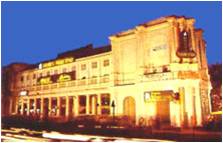
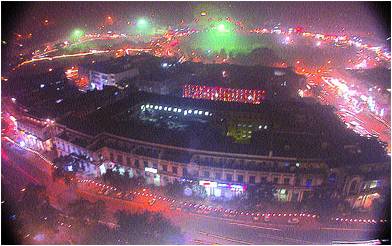
Currently, DMRC is working on the Connaught Place phase of the Metro Railway.
With its inception in the near future. Connaught Place is bound to grow manifolds in stature as “the heart of Delhi”.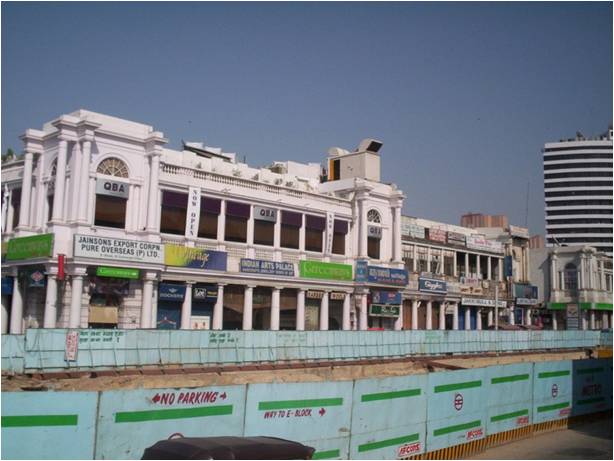
![[filefield-description]](https://www.archinomy.com/wp-content/uploads/case-studies/2011/metro-railway-2.jpg)
![[filefield-description]](https://www.archinomy.com/wp-content/uploads/case-studies/2011/metro-railway-3.jpg)
PVR renovated the existing theatre of Plaza. Its interiors were done up, in an archaic style to retain the interiors of the colonial days.
![[filefield-description]](https://www.archinomy.com/wp-content/uploads/case-studies/2011/theatreof-plaza.jpg)
The skyline of Connaught Place. has changed in the recent past due to the construction of new tall buildings such as LIC , The Statesman House and the Gopaldas Building.
![[filefield-description]](https://www.archinomy.com/wp-content/uploads/case-studies/2011/the-statesman-house.jpg)
![[filefield-description]](https://www.archinomy.com/wp-content/uploads/case-studies/2011/outlets.jpg)

hey that was a nice
hey that was a nice presentation, actually m dion my seminar on “to capture the charm of itwari ” it is a market place in nagpur ,,so i am a bit confuse how to proceed further ..so can u help me ..